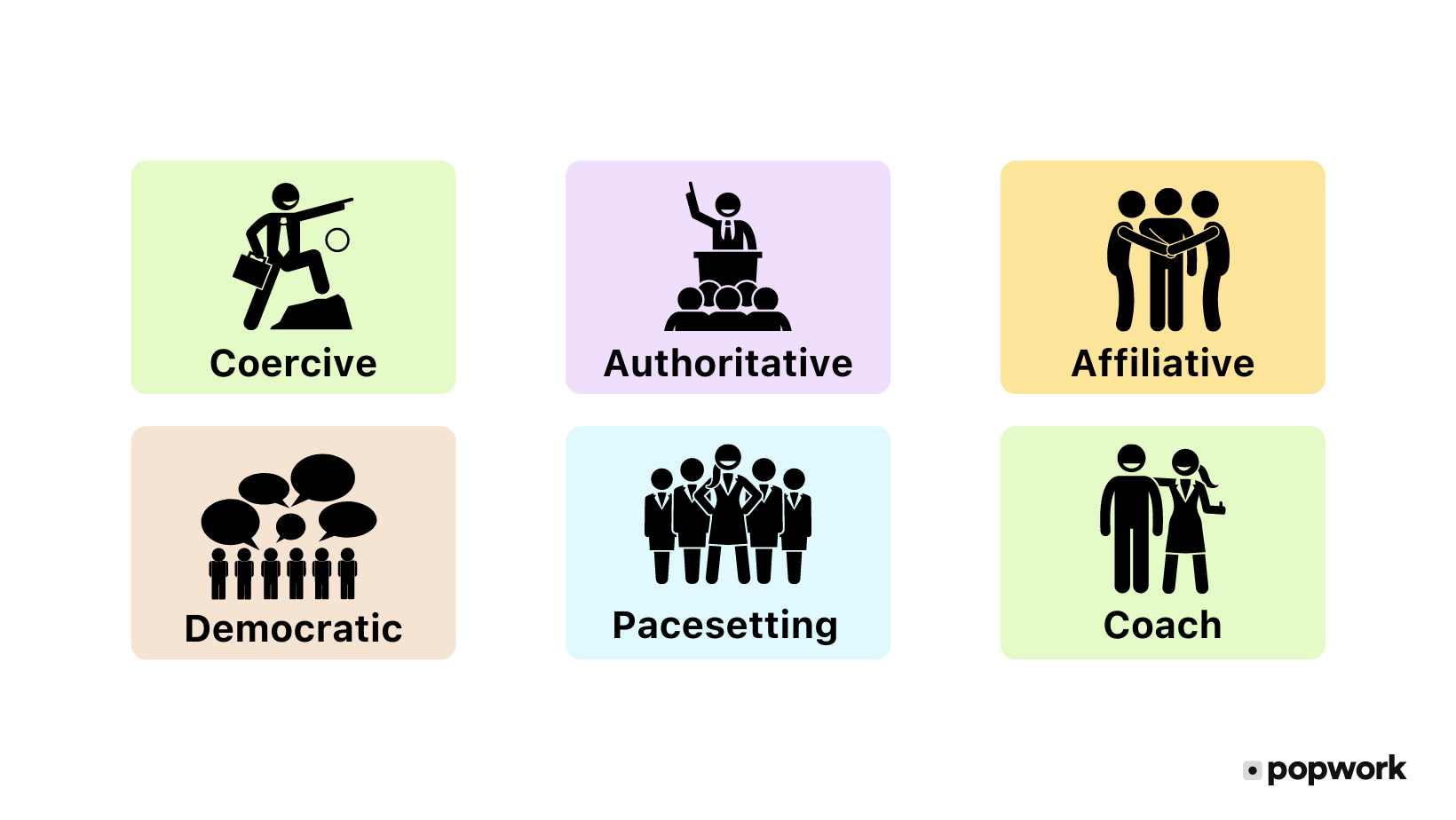Management training, team management tools are very useful to help managers in their everyday lives. These training courses and tools focus on managerial best practices to give managers the right hard skills, the right know-how.
Beyond this know-how, it is also important that managers are aware of who they are and how they work with others. Managerial soft skills are numerous and include in particular self-confidence and the ability to lead others and oneself in the right direction.
The word leadership is, unfortunately, all too often associated with directive leadership. Anonymous surveys have shown that many competent employees are reluctant to take on leadership roles within their organization because they have a negative view of leadership after having experienced management that is too directive.
However, there are several types of leadership that can be developed according to need. We all have natural leadership profiles but we all can learn to develop other types of leadership as well.
What are these leadership profiles? Daniel Goleman identified 6 leadership styles in the Harvard Business Review:
- The Coercive (Commanding) Leader
- The Authoritative (Visionary) Leader
- The Affiliative Leader
- The Democratic Leader
- The Pacesetting Leader
- The Coaching Leader
Each situation has its ideal leader type

☝️ The Coercive (Commanding) Leader
Authoritarian leaders impose their authority and the actions to be taken. Their slogan: “do what I tell you to do ''. They demand immediate obedience and control actions. The advantage of this style is to obtain rapid and concrete progress, but it can generate passive resistance from employees. It does not work for complex tasks or tasks requiring initiative and creativity and is not sustainable for a team for a prolonged period. It is nevertheless optimal in the event of a crisis to initiate rapid change or to push issue-prone employees.
🔭 The Authoritative (Visionary) Leader
These leaders federate around a vision. Their motto: “follow me”. They give meaning, the strategic view, the goals and let their managers take care of the “how to”. They master the art of communicating an inspiring vision that mobilizes crowds, as long as they are not too far away from actual work. This style does not work in times of crisis when you have to be more directive. It is optimal for giving meaning to change within a company and for galvanizing teams.
🤝 The Affiliative Leader
They believe in harmony and seek cohesion by promoting interaction within the team and understanding the needs of each person. Their motto: “employees first”. By strengthening team cohesion, employees feel supported, but this is not suitable for individuals who wish to feel valued as individuals. This style doesn't work in times of crisis or when quick results are needed. It is optimal for easing tension and supporting motivation in difficult times.
👂 The Democratic Leader
They seek consensus. Peacemakers and good listeners, They are convinced of the power of collective intelligence. Their slogan: “And you, what do you think? ". This style enhances collective creativity and innovation but is not suitable for high achievers who may become impatient with having to wait for everyone's input to move forward. This style is not very effective for obtaining quick results or in times of crisis. It is optimal for fostering commitment as well as for collecting the contribution of high-performing employees…
🧑✈️ The Pacesetting Leader
They set high performance standards and lead by example with a high level of performance. Their slogan: "Look at me and do as well as me!". Like the commanding leader, they are focused on the tasks to be carried out rather than on the overall vision. This style does not promote the development of skills of their teams and can generate extra work for these leaders when they do things in place of their teams to be sure to get what they want. This style is optimal for getting quick results from a highly motivated and skilled team.
💡 The Coaching Leader
They invest in people in the long term while taking into account more immediate objectives. Their motto: “try this”. They seek individual autonomy and love to build competent teams. This style does not work on employees expecting micro-management, but it is optimal for helping employees improve their performance or develop their long-term strengths.
Natural and adapted leadership: emotional intelligence as a key.
We all have a natural type of leadership within us and are able to work on the other five.
Managers relying solely on their natural leadership do not necessarily react in the best way and are not always followed by their collaborators. Getting to know oneself better and working on these different leadership styles allows managers to better adapt to the different situations they encounter, and to better foster leadership within their teams to build the future of the company.
Female leadership does not exist: a myth that must continue to be deconstructed
Women and men have the same natural leadership styles, but proportionally, women are more often democratic or affiliative leaders than men. That doesn't mean there are no commanding or visionary female leaders. However, as the cliché of leaders having to be commanding persists, it might be more difficult for some women to project themselves as leaders. This is a bias companies have to take into account.
How can one work on their leadership skills?

Management and leadership are not incompatible. Leadership is a soft skill, linked to understanding and working on oneself. Soft skills can be worked on and developed as much as hard skills. There are many methods to work on your leadership and your interpersonal skills, but there is one method that I particularly like.
Equicoaching is an ideal tool to become aware of one's interpersonal skills, whether in individual sessions or collective sessions (as a team).
What is equicoaching? Participants walk on foot with a horse on a lead or free. It is practiced with an equicoach who is also a certified professional coach. Manager, and/or their teams will carry out exercises with the horse and the equicoach ; through questioning and observation, these exercises will allow them to transpose their behavior to their professional lives.
Because the horse is the mirror of intentions and emotions, this truly is a powerful tool. The horse is a prey and in order to survive for millions of years, it is always on the lookout, is aware of its surroundings and feels the emotions and bodily movements (heartbeats, gestures, gait) of all living beings that surround it.
Faced with it, who communicates mainly by feeling, it is impossible for participants to cheat. The horse will become a revealer allowing more awareness of one’s self and soft skills. As the sessions progress, participants will learn new soft skills and work on their interpersonal skills.
The horse - and equicoaching - provokes a powerful sense of self-awareness, helps people identify their natural type of leadership and allows them to work on an adapted leadership, individually but also in a team.
The horse is not limited to making leadership work, it also excels in non-verbal communication, interpersonal communication, stress management as well as all the needs for team cohesion and (re)creation of bonds between managers and employees, and between employees themselves, especially in a context where teleworking diminishes social ties.

